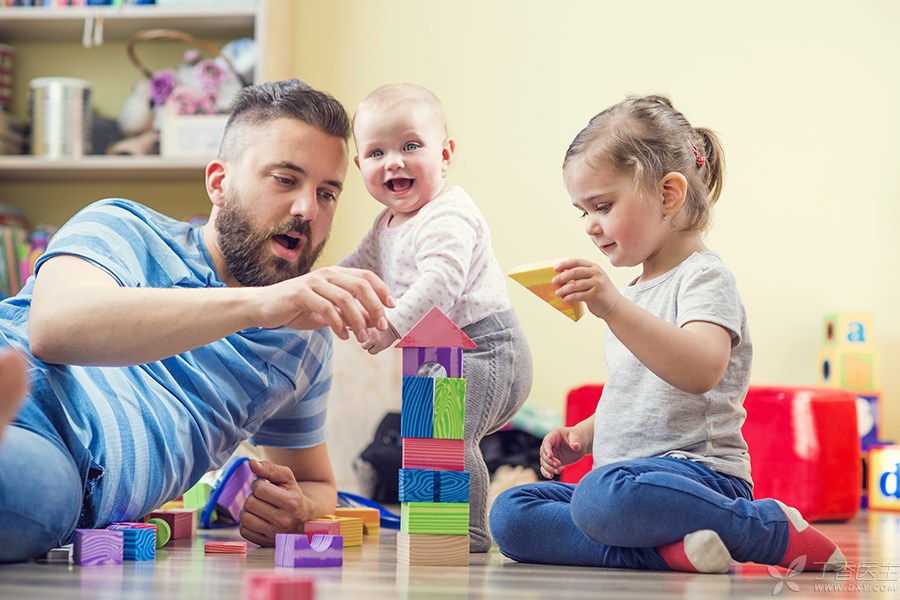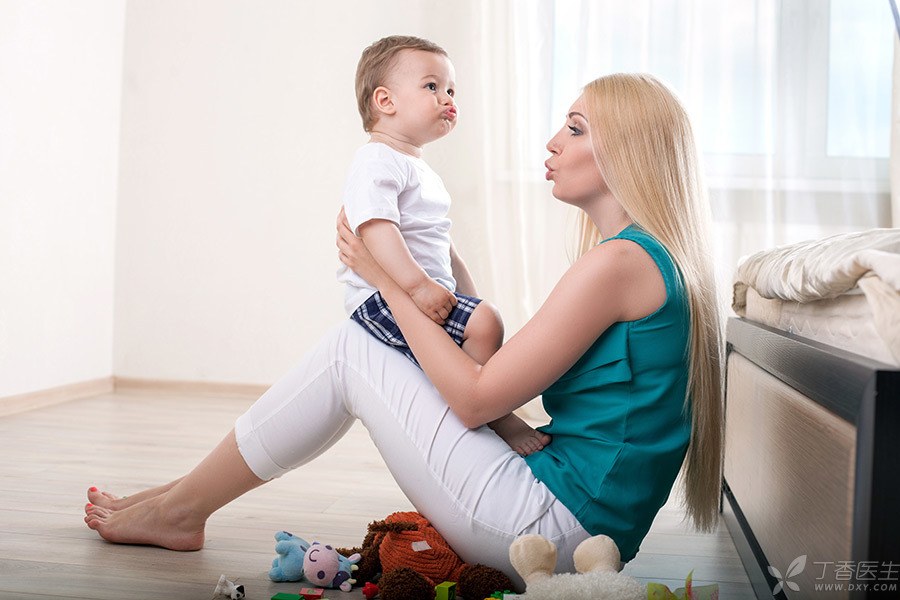
It is every parent’s dream to make the baby smart. There are also many skills to cultivate a smart baby and let the baby [win at the starting line].
Today, Dr. Clove invited Mr. Zuo Fei to tell everyone how to cultivate smart babies.
0 ~ 3 months, critical period of visual development
Baby’s keen observation ability is inseparable from the development of visual ability. As soon as the baby is born, he has certain visual ability. For example, the baby will stare at pictures with obvious contrast and bright colors. What parents have to do is to carry forward the baby’s visual ability.
The following three methods can help your baby develop his visual ability.
1. Let the baby lie down, put black and white pictures or bright color pictures (some babies are sensitive to black and white pictures, some babies are sensitive to bright colors, such as red) in front of the baby’s eyes, move slowly, and call the baby’s name, encourage the baby’s eyes to follow the picture to rotate back and forth. 2 minutes a day.
2. Point your finger at the characters or toys in colorful picture books, tell your baby that it is what, attract your baby’s attention, and train your baby to follow your finger to receive your information.
3. Take your baby out for a walk, accept more external visual stimulation, and enrich your baby’s observation data.

4 ~ 6 months, the critical period of oral and lip development
During this period of time, babies always like to put everything into their mouths to bite, lick and taste, thus stimulating brain development and exploring the outside world. At the same time, [bite] can also bring baby security and relieve anxiety.
If parents see the baby biting, licking and eating hands, don’t stop the baby. On the contrary, they should ensure that there is enough stimulation to let the baby perceive the world through his mouth.
What parents need to do is to ensure that what the baby puts into his mouth is safe and clean. For example, they can specially prepare some safe and hygienic gutta percha and pacifiers for the baby, and pay attention to cleaning the baby’s small hands at ordinary times.
3 ~ 12 months, proprioceptive critical period
During this period, the baby began to turn over, climb, stand, walk, establish proprioception, slowly understand, learn to control their own body. The development of this aspect is good or bad, and the baby’s future exercise ability, balance, aesthetic ability and attention are related.
The following training methods can help babies to better establish proprioception.
0 ~ 3 months, practice head-up
Let the baby lie prone on the mat, put the baby’s hands on his chest, and place attractive objects such as sand hammers above the baby at an angle of about 45 degrees to encourage the baby to look up. Do it several times a day, but each time for no more than 2 minutes.
3-5 months, learn to turn over
When they find that they are trying to turn their heads or want to turn around to reach something, their parents can cheer up their babies and encourage them to turn over several times a day.
5 ~ 8 months, practice crawling
First, let the baby lie prone and put something he is interested in in front of the baby to attract his attention. Then hold the baby’s calf and let the baby push his legs straight to help and encourage the baby to climb forward.
8 ~ 12 Months: Interactive Roll Throwing Practice Hand-Eye Coordination
Sit opposite the baby, roll the ball or throw and catch the ball, which can exercise the baby’s hand-eye coordination and proprioception ability in a very interesting way.

5 ~ 12 months, critical period of emotion recognition
In order for a baby to be smart, besides having a high IQ, he must also have a high EQ. The first step to having a high EQ is inseparable from accurately identifying other people’s emotions. For example, in other people’s tone, eyes and actions, identify and perceive each other’s emotions.
Emotional imitation can help babies understand and recognize emotions.
Parents can imitate the baby when he is happy, excited, crying and frightened, and do the same facial expressions and actions as the baby, so that the baby can gradually realize the facial expressions and body language of his different emotions, thus deepening the understanding of emotions.
1 ~ 2 years old, critical period of self-awareness
After the child is 1 year old, he starts to learn to compete for toys, and when he is not satisfied, he may make a lot of noise. This is not because the child is disobedient, but it indicates that the baby’s brain has reached a new stage of development, beginning to realize the difference between [me] and others, and beginning to act against the outside world in order to protect [me].
At this stage, parents should pay attention to two points:
1. Observation is more important than discipline.
It can be said that it is useless to reason with babies of this age. What parents have to do is to watch from the side. If what the baby wants to do is safe and harmless, let him explore the unknown world as much as possible.
Step 2 Divert your attention
If there is a potential safety hazard in what the baby wants to do, for example, to play with the hot water switch of the drinking fountain, we must intervene in time.
However, the baby may shout because he cannot satisfy his thoughts. At this time, he can use other interesting things to divert the baby’s attention, which is much better than reasoning with him.

1 ~ 3 years old, language preparation period
Babies aged 1-3 are in the [language preparation period]. Although they want to speak, they are not fluent.
The words they hear and learn at this stage are all put in their heads. When the baby is older, these words can come in handy and become the material library for the baby’s language development.
Therefore, it is very important to lay a good foundation for language during this period.
1. Finger diagram description method
Parents can use picture books to tell stories to their babies, guide their babies to read picture books with the movement of their fingers, and then describe the picture to their babies in a happy tone.
For example, point to a puppy and tell the baby:
This is a dog, it can [bark]! Is it what color? It’s black and white!
2. Supermarket Teaching Method
Supermarket is an excellent language teaching site. When taking the baby to the supermarket, tell the name of the items that can attract his attention in the supermarket, tell the baby about the function and usage of these items, help the baby accumulate vocabulary and gradually form language ability.
Of course, if you [miss] some of these periods, parents should not worry.
Intellectual development is a long-term process. As long as the baby listens, sees, participates in different activities and contacts with various health stimuli, his brain development will definitely be more substantial and the baby will become smarter and smarter.
